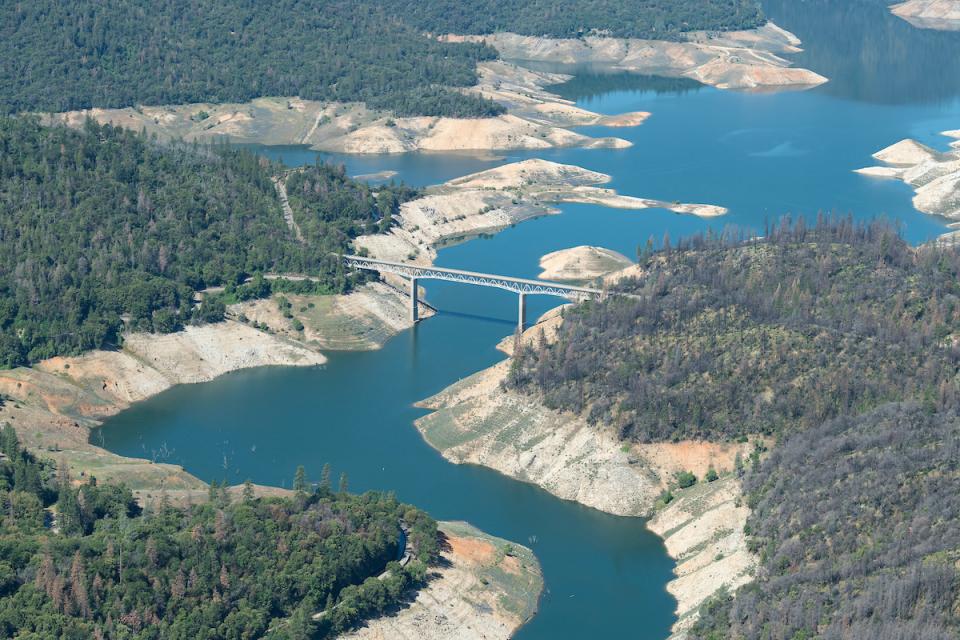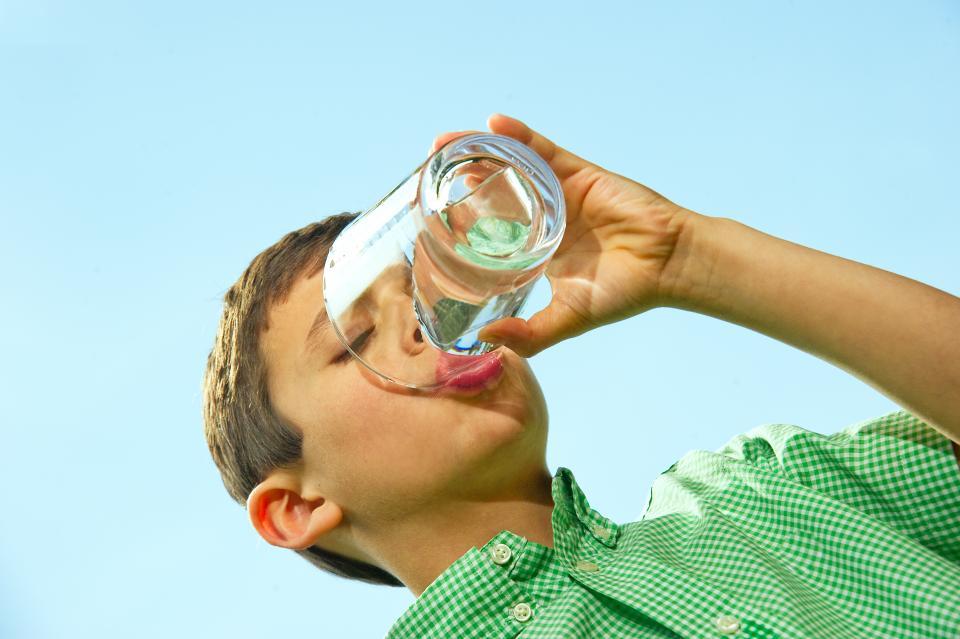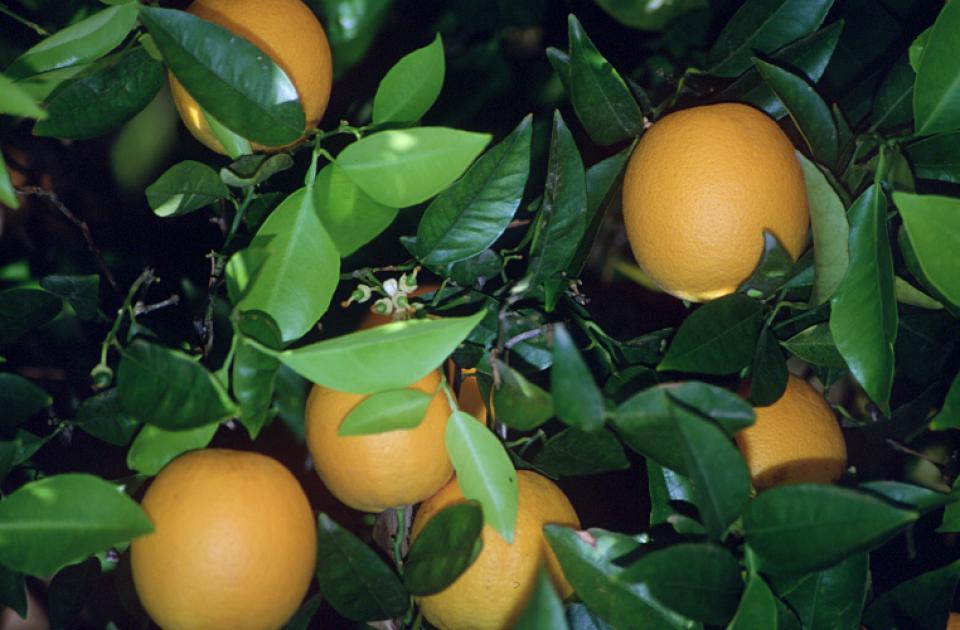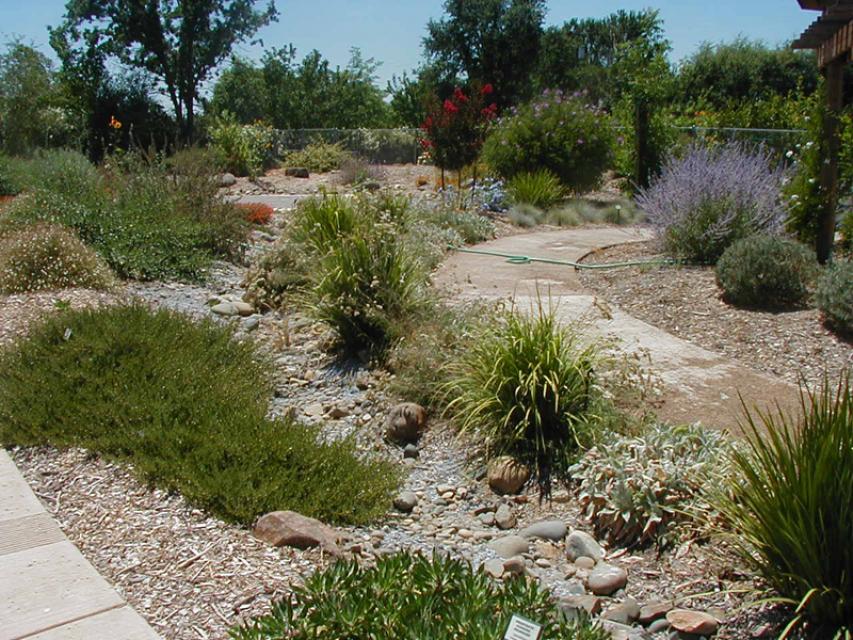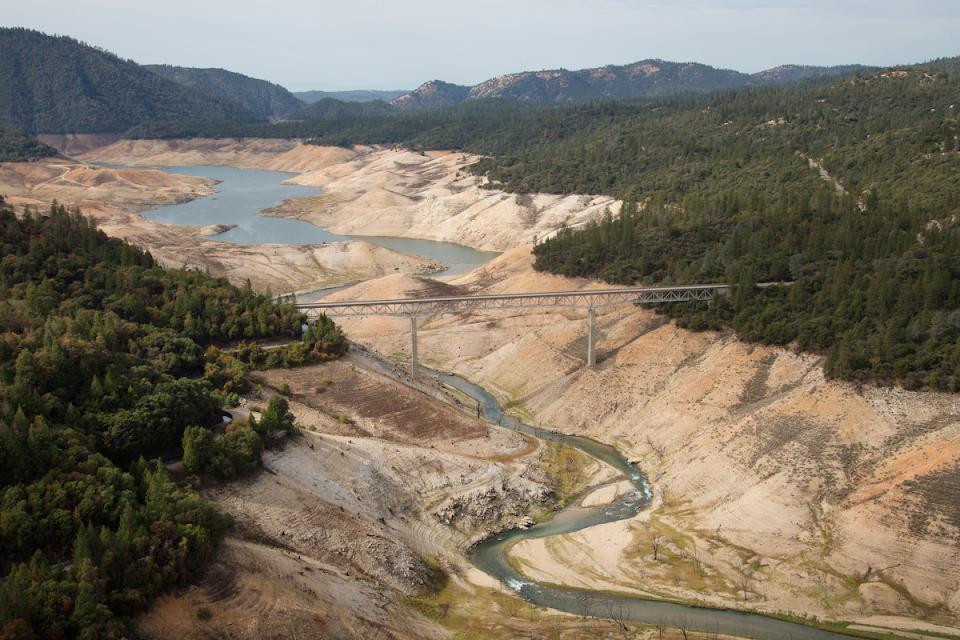Water Conservation Tips
How to Save Water Inside and Outside of Your Home
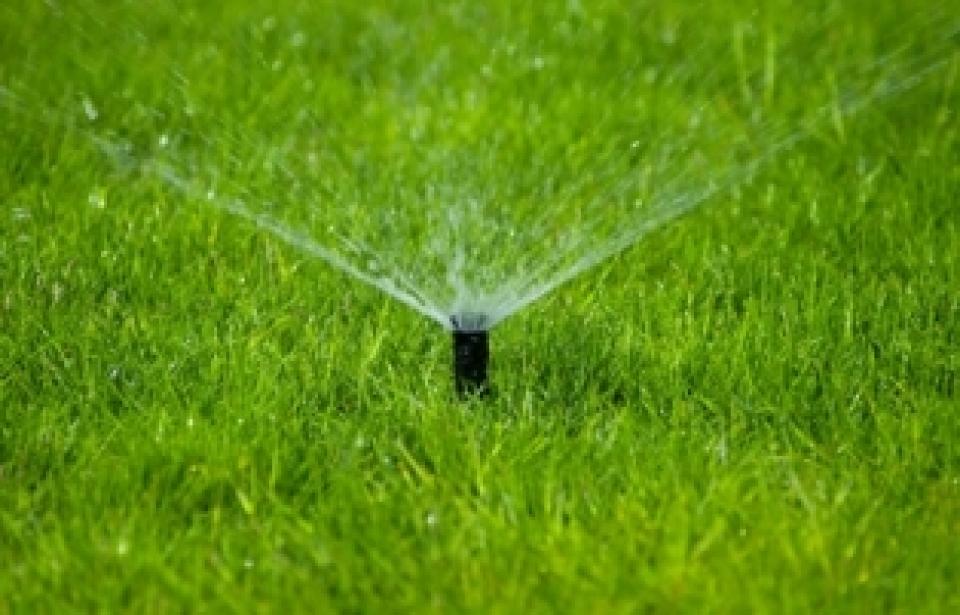 California has a history of
multi-year droughts and periodic years of abundant rain. The
state’s Mediterranean climate means there is a short window for
the rainy season. A robust Sierra Nevada snowpack is critical
in helping to meet water demands during the long, hot
summer. Severe drought occurred in the late 1970s, the late 1980s
and the late 2000s. During the 2012-2016 drought, the
three-year period between 2012 and 2014 was the driest in 120
years of the state’s recorded history, prompting unprecedented
mandatory water use restrictions.
California has a history of
multi-year droughts and periodic years of abundant rain. The
state’s Mediterranean climate means there is a short window for
the rainy season. A robust Sierra Nevada snowpack is critical
in helping to meet water demands during the long, hot
summer. Severe drought occurred in the late 1970s, the late 1980s
and the late 2000s. During the 2012-2016 drought, the
three-year period between 2012 and 2014 was the driest in 120
years of the state’s recorded history, prompting unprecedented
mandatory water use restrictions.
Dry conditions returned in 2020 and scientific evidence suggests California could be in the middle of a decades-long megadrought. That has forced an extraordinary emergency response at the state and local level.
Gov. Gavin Newsom declared a drought emergency across California in 2021. And in 2022 state regulators issued sweeping water rights curtailments affecting cities and farms primarily in the San Joaquin Valley, and adopted regulations intended to cut water usage statewide by 10 percent to 20 percent, primarily through a ban on watering decorative grass at commercial and industrial buildings. Meanwhile, the Metropolitan Water District of Southern California slashed deliveries from the State Water Project by issuing its strictest-ever water cuts for more than 6 million of its 19 million customers.
Read more about how water conservation has become a way of life throughout the West, in Aquapedia, our free, vetted online water encyclopedia.
Watersheds are feeling the strain of drought, climate change and overuse all over the state, so it’s important for Californians to reduce water use where and when possible. At the start of 2025, state law set the new indoor per capita residential water use standard at 47 gallons per day until Jan. 1, 2030, down from 55 gallons per day.
With this in mind, there are several ways to conserve water at your home by fixing leaks in faucets and toilets and reducing shower times. Outside water use presents a huge opportunity for savings since it can account for anywhere from 50 percent of a home’s total water use in the cooler areas to 80 percent in the hotter, desert regions.
Outdoor Tips
When to water:
- During the cooler parts of the day. Do not water between 10 a.m. and 6 p.m., otherwise some of the water will be lost to evaporation. Early morning is better than dusk; watering at dusk can lead to growth of fungus. Save 25 gallons of water.
- Adjust or deactivate automatic sprinklers on cool, overcast days, and when it’s raining. Turn them back on only when needed.
- Avoiding watering on windy days as it can push the water to the sidewalks and too much of it can be lost to evaporation.
Sprinkler systems:
- Adjust your sprinkler heads so that the water lands on the lawn or garden where it belongs and not on the sidewalk or street. Save 15 gallons each watering time.
- Water your landscape in cycles by reducing the number of minutes on your timer and using multiple start times spaced one hour apart. This allows the water to soak into the soil and avoids wasting the water to runoff.
- Visually inspect your sprinkler system once a month during daylight hours to make sure there are no leaks and that it is spraying the area correctly.
Other Irrigation Tips:
- Install a weather-based, smart sprinkler system with an automatic rain shutoff device.
- Use gray water for irrigation and plants. Save 40 gallons per day.
- Aerate your lawn by punching small holes in it about six inches apart. This will allow water to penetrate to the roots and lessen runoff.
- Install drip irrigation systems where possible so water goes to the root of a plant. Save 15 gallons.
- Use rainwater recapture for plant and irrigation needs. Save 934 gallons per 1 inch of rain on a 1,500-square-foot house.
What to plant:
- Native grasses, succulents and other drought-tolerant plants such as lavender, sage, rosemary or lantana that use less water than many plants.
- Use native plants in your garden that are by nature drought-tolerant. Check out a list of native plants by region from the California Native Plant Society. Save 30-60 gallons per 1,000 square foot.
- Visit this website from PlantRight to help find native Californian alternatives to invasive plant species.
- Search for low water-use plants using this database available on the University of California Division of Agriculture and Natural Resources website.
- Place a layer of mulch around trees and plants to slow down evaporation. Save 20-30 gallons per 1,000 square foot.
- Add compost or an organic matter to soil as necessary, to improve soil conditions and water retention.
Lawn Care:
- When mowing your lawn, set the mower blades to 2-3 inches high. Longer grass shades the soil, improving moisture retention, and has more leaf surface to take in sunlight, allowing it to grow thicker and develop a deeper root system. This helps grass survive drought, tolerate insect damage and fend off disease.
- Leave lawn clippings on your grass. This cools the ground and holds in moisture.
- Let your lawn go dormant (brown) during the winter. Dormant grass only needs to be watered every three to four weeks, less if it rains.
Cars/Driveways:
- Don’t run the hose when washing your car. Use a spray stopper, a bucket, and give it a quick rinse at the end. Save 8-18 gallons per minute.
- Wash your car at a self-service car wash. Uses 14 gallons of water compared to 100 gallons from a garden hose wash.
- Use a broom instead of a hose to clean driveways, sidewalks and patios. Save 10 gallons a minute.
Pools:
- Use a pool cover to cut down on evaporation. Save 1,000 gallons a month.
- Repair pool leaks. A one-inch leak in a 15-by-30 foot pool can waste 102,000 gallons a year.
Indoor Tips
Plumbing:
- Fix leaky faucets and plumbing joints.
- Install aerators on every faucet and reduce water flow to less than 1 gallon per minute.
- Insulate water pipes to avoid wasting water while waiting for hot water to flow.
Bathrooms:
- Turn off the water while brushing your teeth and while shaving. Save about 10 gallons a day.
- Install water-saving showerheads or flow restrictors.
- Take shorter showers. A standard showerhead uses 2.5 gallons per minute, so a shorter shower can add up in savings.Turn the water off while washing your hair and save 150 gallons per month.
- When taking a bath, start filling the tub with the drain already plugged instead of waiting first for the water to get warm. Adjust the temperature as the tub begins to fill. An average bath uses 70 gallons when filled to the brim.
- Capture the water while waiting for hot water to come down the pipes when showering or bathing, and use this water for indoor plants or your garden.
- If you don’t have a water-efficient toilet, put a plastic bottle or plastic bag weighted with pebbles and filled with water in your toilet tank to displace water so it will use less water per flush. Installing a high-efficiency toilet will save 19 gallons per day per person.
- Check your toilet for leaks by putting dye tablets or food coloring in the tank. If color appears in the bowl without flushing, there’s a leak that should be repaired.
- Check to ensure that your toilet’s flapper valve doesn’t stay open after flushing.
Laundry/Dishwashing:
- Run only full loads in the washing machine and dishwasher. Install a water-efficient washer to save 16 gallons per load.
- Replace older appliances with new, water-efficient models. Energy-efficient dishwashers save 3-8 gallons per load. Check with your local water supplier to see if any rebates are available.
- If you wash dishes by hand, don’t let the water run continuously for rinsing. Use a sprayer to rinse, or rinse all the soapy dishes at once. Or, fill a second sink with rinse water and use that instead.
- When washing dishes by hand, use the least amount of detergent possible; this will minimize the amount of water needed for rinsing.
- Let your pots and pans soak instead of letting water run while you clean them.
Other tips:
- Keep a bottle of drinking water in the refrigerator, instead of letting the tap water run to cool it for drinking.
- Select one glass to use for drinking each day. It will take your dishwasher longer to fill up, and it will not need to be used as frequently.
- Don’t defrost frozen foods with running water; plan ahead by placing frozen items in the refrigerator the night before, or use a microwave to defrost them.
- Don’t let the faucet run while you clean vegetables. Rinse them in a filled sink or pan, and use this water for watering your garden or house plants.
- Use the garbage disposal less. Consider composting.
- When cleaning out fish tanks, give the nutrient-rich water to your nonedible plants.
Calculating your water footprint
Use this interactive link to find out how much water you use inside and outside your home.
You can find more water-saving tips, guides and tools at www.saveourwater.com.





